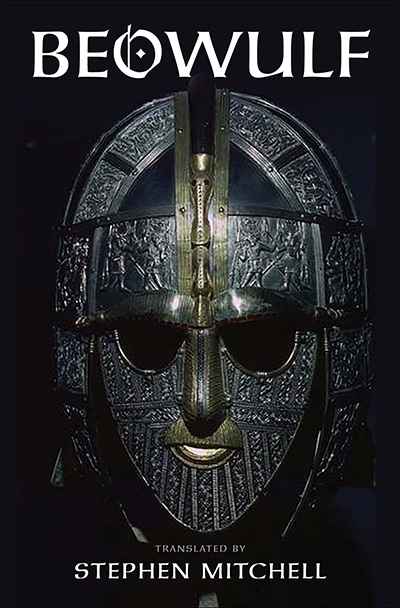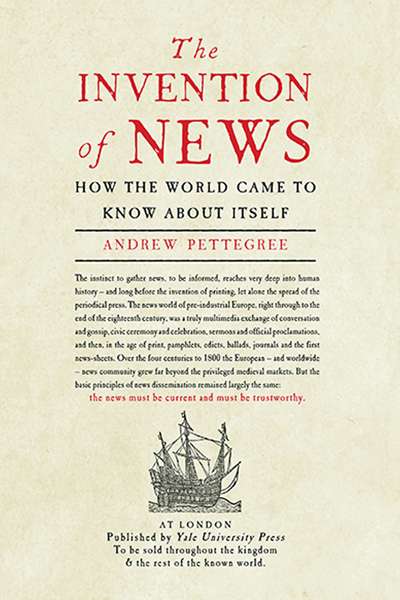Yale University Press
In Pursuit Of Civility: Manners and civilization in early modern England by Keith Thomas
by Ian Donaldson •
Hard Times: The divisive toll of the economic slump by Tom Clark and Anthony Heath
by Adrian Walsh •
The Invention of News: How the world came to know about itself by Andrew Pettegree
by Peter Acton •
History of Design: Decorative arts and material culture, 1400–2000 edited by Pat Kirkham and Susan Weber
by Christopher Menz •
Hans Christian Andersen: European witness by Paul Binding
by Kári Gíslason •
Voyaging in Strange Seas: The great revolution in science by David Knight
by Danielle Clode •
The Literary Churchill: Author, reader, actor by Jonathan Rose
by Richard Toye •










